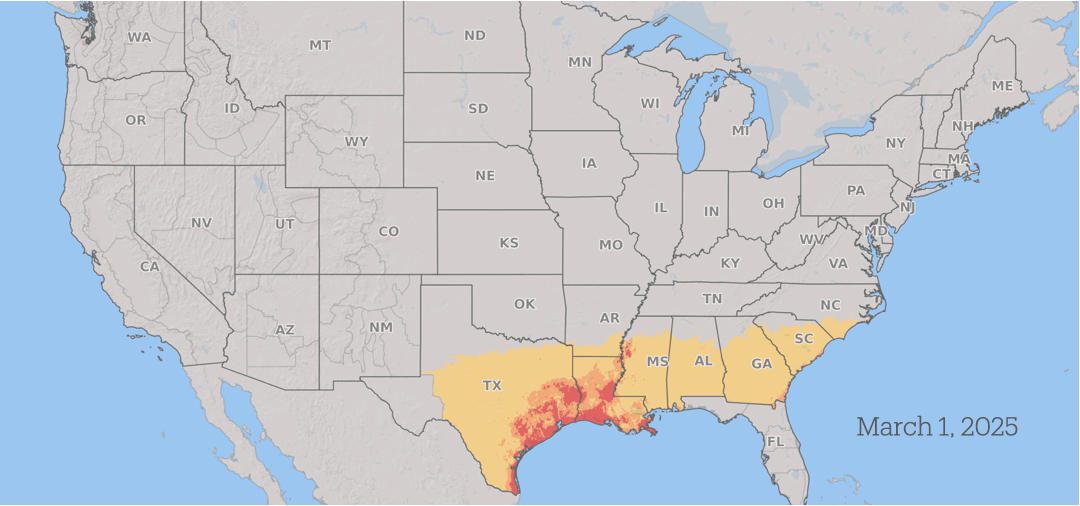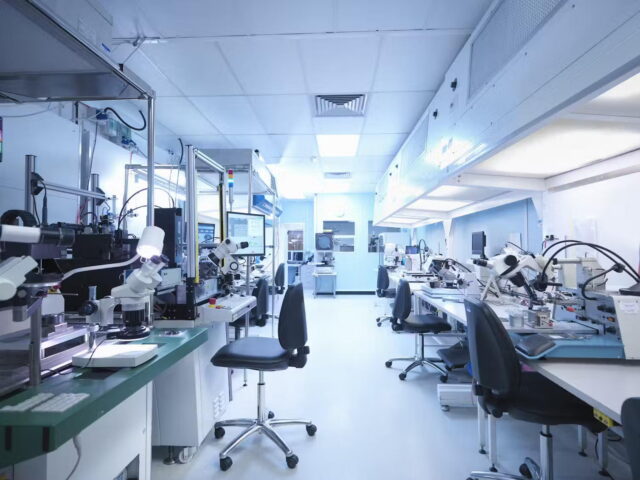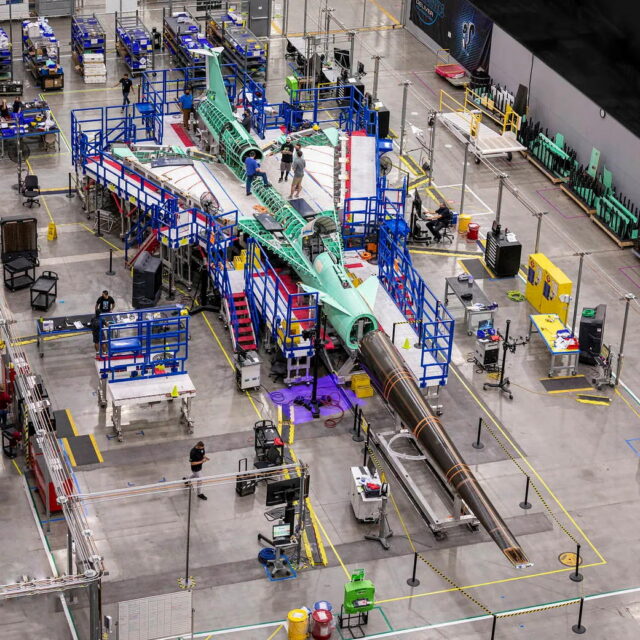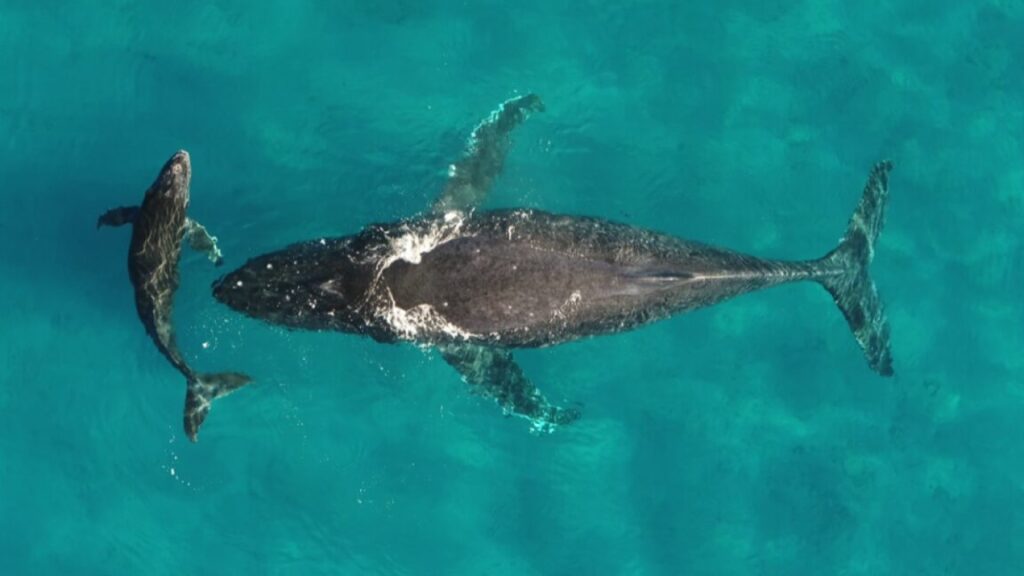Oracle hit hard in Wall Street’s tech sell-off over its huge AI bet
“That is a huge liability and credit risk for Oracle. Your main customer, biggest customer by far, is a venture capital-funded start-up,” said Andrew Chang, a director at S&P Global.
OpenAI faces questions about how it plans to meet its commitments to spend $1.4 trillion on AI infrastructure over the next eight years. It has struck deals with several Big Tech groups, including Oracle’s rivals.
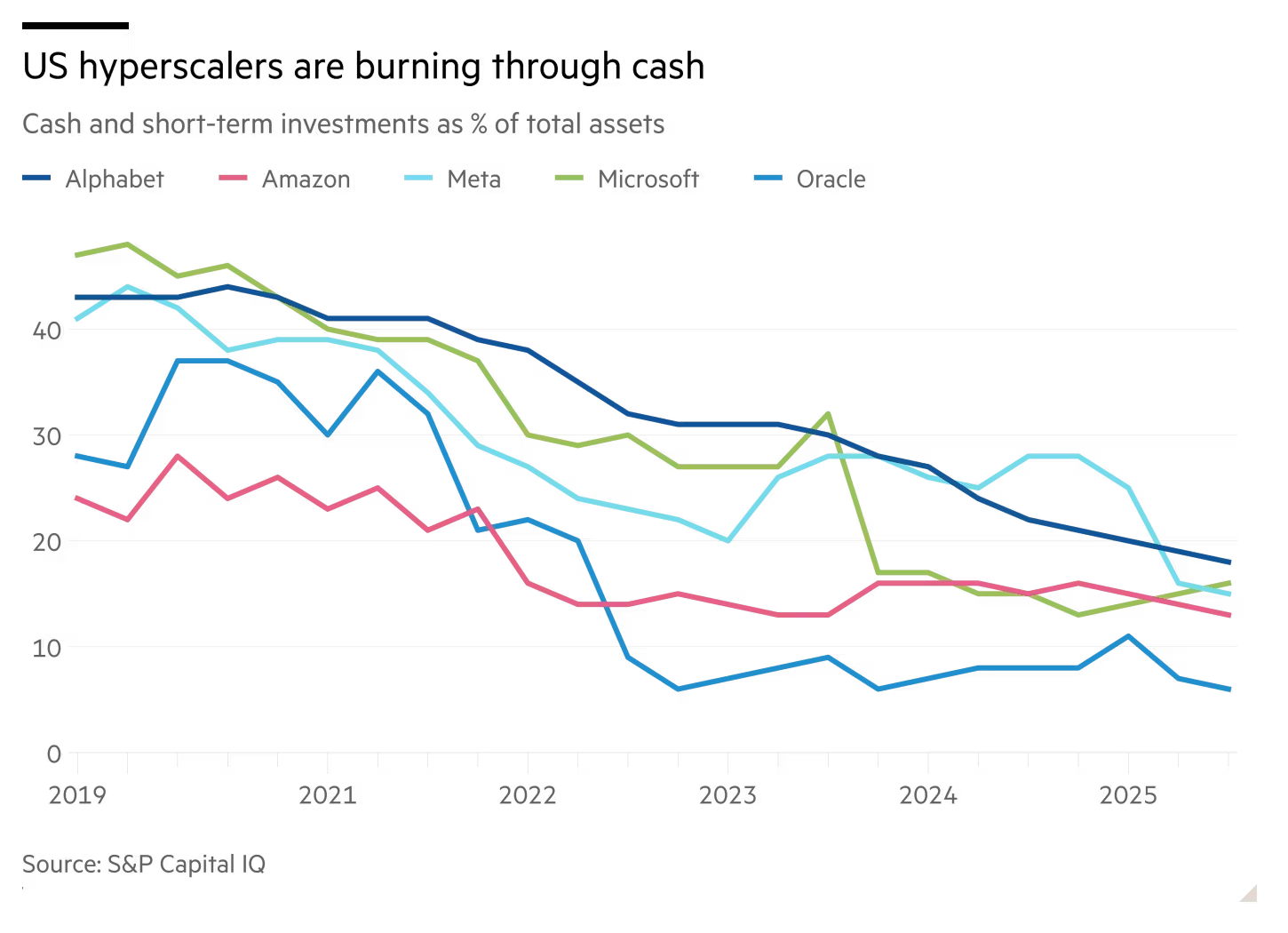
Of the five hyperscalers—which include Amazon, Google, Microsoft, and Meta—Oracle is the only one with negative free cash flow. Its debt-to-equity ratio has surged to 500 percent, far higher than Amazon’s 50 percent and Microsoft’s 30 percent, according to JPMorgan.
While all five companies have seen their cash-to-assets ratios decline significantly in recent years amid a boom in spending, Oracle’s is by far the lowest, JPMorgan found.
JPMorgan analysts noted a “tension between [Oracle’s] aggressive AI build-out ambitions and the limits of its investment-grade balance sheet.”
Analysts have also noted that Oracle’s data center leases are for much longer than its contracts to sell capacity to OpenAI.
Oracle has signed at least five long-term lease agreements for US data centers that will ultimately be used by OpenAI, resulting in $100 billion of off-balance-sheet lease commitments. The sites are at varying levels of construction, with some not expected to break ground until next year.
Safra Catz, Oracle’s sole chief executive from 2019 until she stepped down in September, resisted expanding its cloud business because of the vast expenses required. She was replaced by co-CEOs Clay Magouyrk and Mike Sicilia as part of the pivot by Oracle to a new era focused on AI.
Catz, who is now executive vice-chair of Oracle’s board, has exercised stock options and sold $2.5 billion of its shares this year, according to US regulatory filings. She had announced plans to exercise her stock options at the end of 2024.
© 2025 The Financial Times Ltd. All rights reserved. Not to be redistributed, copied, or modified in any way.
Oracle hit hard in Wall Street’s tech sell-off over its huge AI bet Read More »


